ANTD.VN - Vietnam has commercial banks with cost-to-income ratio (CIR) of only around 20%, but they are not necessarily having the best corresponding business results.
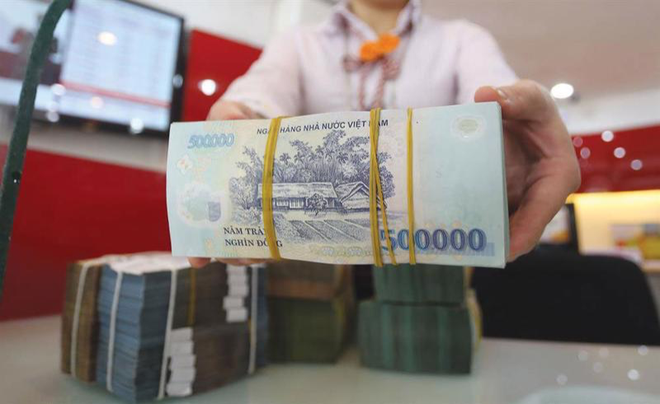 |
The CIR ratio of around 20% is also a record low for the Vietnamese banking system to date. However, the gap between banks is still quite large. The first 6-month 2023 business results reporting season clearly shows this.
For the banking industry, in addition to the story of profit, profitability, dividends, bad debt, etc., investors are also interested in CIR as an index reflecting the effectiveness of each development stage. Behind each stage is the strategy and taste that the bank chooses.
Why so much difference?
In the world , CIR is high or low depending on the development level of the market and the banking system of each country. Banks with stable infrastructure development often choose the strategy of increasing the "denominator", that is, increasing income to optimize. Some banks choose to focus on reducing the "numerator", that is, reducing costs. Or some choose to harmonize both directions above to improve CIR.
In Vietnam, at first glance, it can be seen that banks are racing to reduce CIR. But that is not necessarily the priority choice at the same time, because it also depends on the development characteristics of each member, associated with each stage.
In the context of the developing Vietnamese industry and market, the common point at banks is that it requires large resources and investment costs. The three most expensive investment axes are branch and transaction office network infrastructure, human resource development, and technology for the digital transformation race.
Starting from different starting points and experiencing different ups and downs, CIR among Vietnamese banks is also very different. The lowest level currently belongs to VPBank with around 20%, SHB is also close to this level, while Vietcombank and VietinBank are around 30%, Techcombank and HDBank are from 32% to more than 34%, some other banks are still high around 40%...
CIR is relative and reflects the timing. Therefore, analysts often choose the annual average to be able to aim for more uniformity in comparison.
On the other hand, as above, due to different starting points, experiencing ups and downs or different business tastes and investment choices, due to different balance of efficiency and risk cost management, at different stages, CIR in the system becomes very different between banks.
Aiming for an optimal CIR
The financial reporting season for the first half of this year is showing a reality: the bank with the lowest CIR does not necessarily achieve the best corresponding profit results. Accordingly, optimizing CIR in the current developing context of the Vietnamese banking system depends primarily on the taste and choice of each member.
Of course, a high CIR ratio over a long period of time means that the bank's operations have problems. On the contrary, controlling this ratio at a low or normal level, associated with stable and sustainable profit growth means an increasingly optimal direction.
Responding at the General Meeting of Shareholders earlier this year, Mr. Pham Quoc Thanh - General Director of HDBank explained the balance and optimization direction mentioned above. Two years ago, HDBank focused on investing in many technology projects, the costs of which were reflected in the CIR were quite high. At the same time, the Bank focused on investing in the project of comprehensively applying Basel III. Up to now, when the investment impact delay has been shortened, the projects have been put into operation, Basel III has been fully implemented, the values have gradually transferred to operational efficiency, helping to improve the CIR.
Specifically, HDBank's CIR was over 40% in the previous period but quickly decreased in 2021 and 2022, and by the first half of this year it was only 34.77%. The trend of gradual optimization is showing, but HDBank's CIR is still lagging as it is and will increase investment in expanding a series of new branches nationwide to serve the development strategy of the agricultural and rural axis, and secondary urban markets.
With increased investment, CIR may not have decreased, but the “optimal value” is also indirectly reflected in other results. Along with the top ROE in the system, continuing to reach over 22% in the recently announced results, the number of digital customers and transactions on HDBank’s digital platform has grown exponentially in the past two years and continued to increase strongly in the first half of this year.
Or at Techcombank, in the press release about the results at the end of 2022 and the beginning of 2023, Techcombank General Director Jens Lottner explained: CIR increased sharply in the fourth quarter of 2022 due to increased investment budget for technology, but in the next quarter it decreased to the normal level of 33.8%.
“The bank continued to invest in digitalization and cloud computing technology, leading to a 47% increase in fixed asset depreciation costs over the same period, and a 170% increase in information technology costs. These investments have helped the bank continue to improve employee productivity,” Techcombank said, explaining the fluctuations in the fourth quarter of 2022, indirectly showing that to gradually optimize CIR and operational efficiency, an investment process is always required first.
In that direction, at Vietcombank - the bank with the highest profit in the system, CIR this year may fluctuate. Recent information shows that Vietcombank is initiating a digital transformation project, looking for foreign consultants to implement. This project certainly requires large investment costs, associated with related technology infrastructure, before aiming for a truly optimized CIR ratio.
Source link



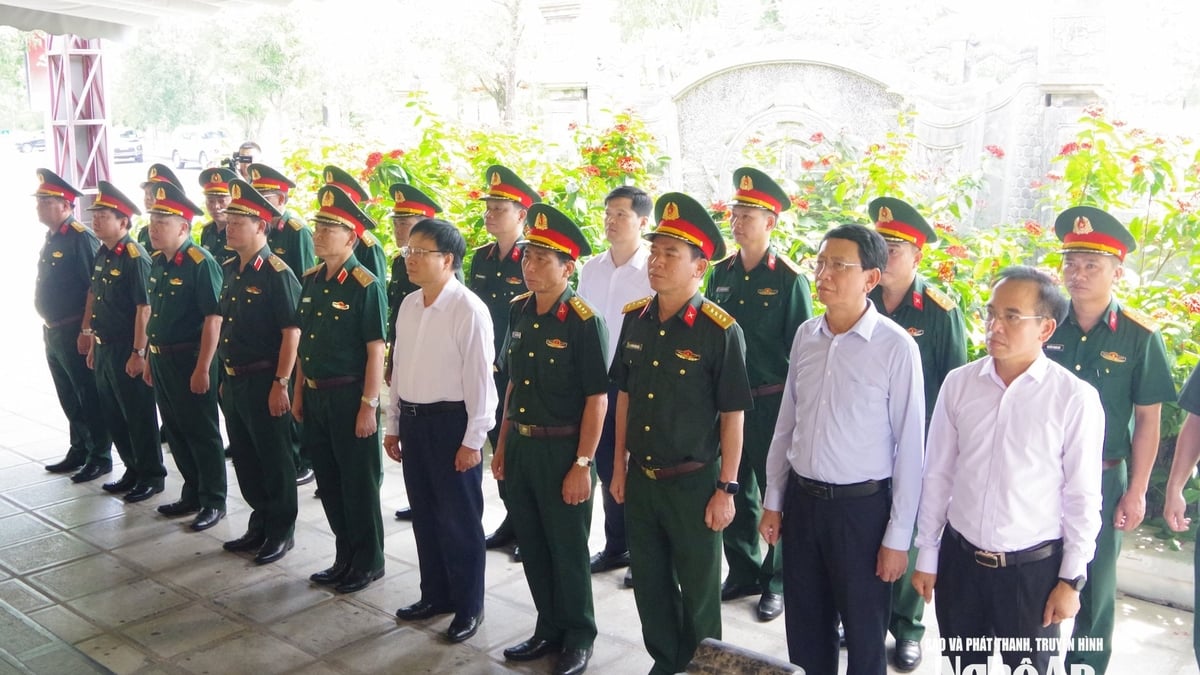
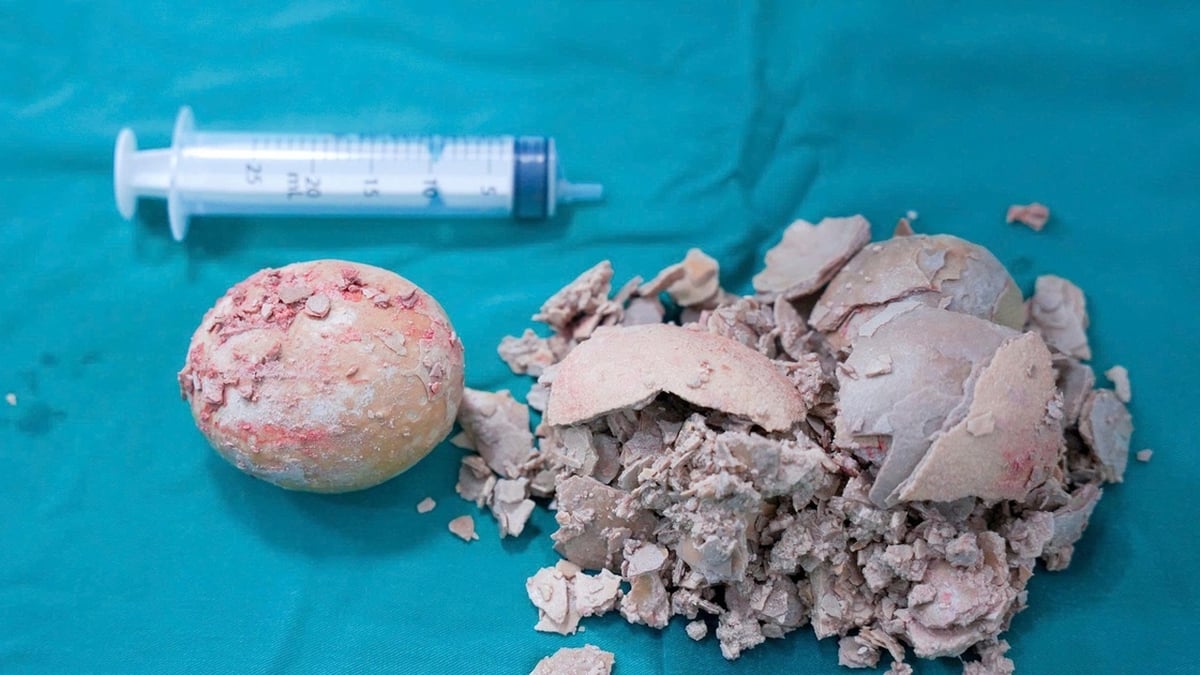
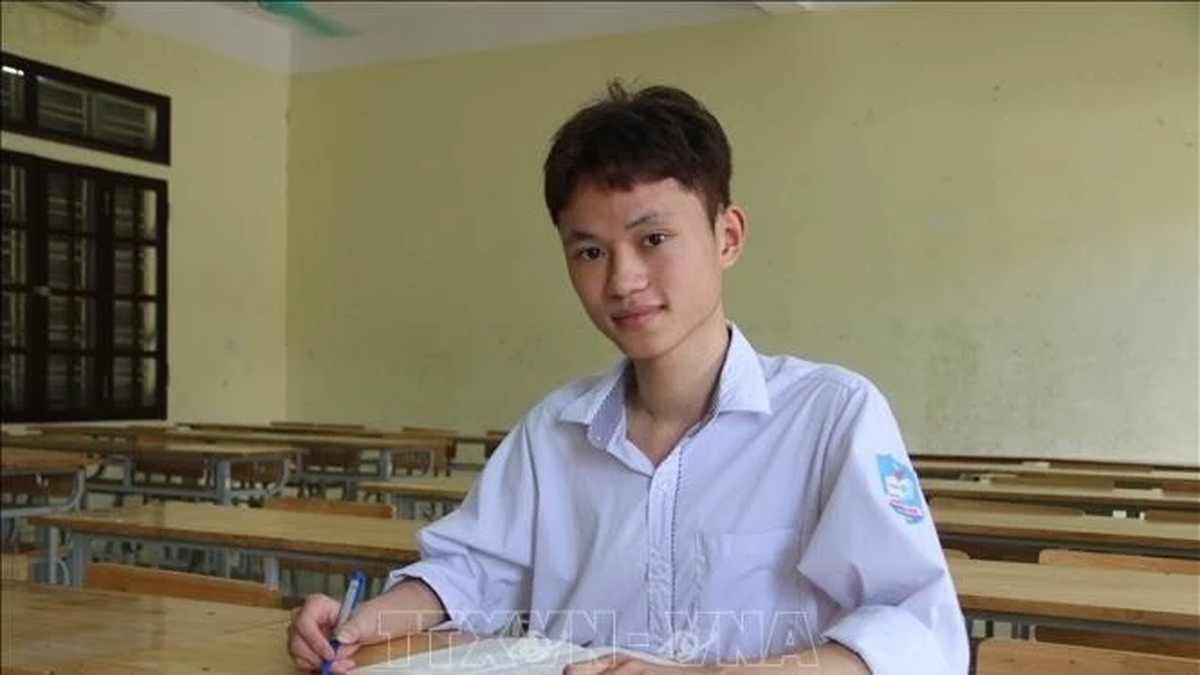
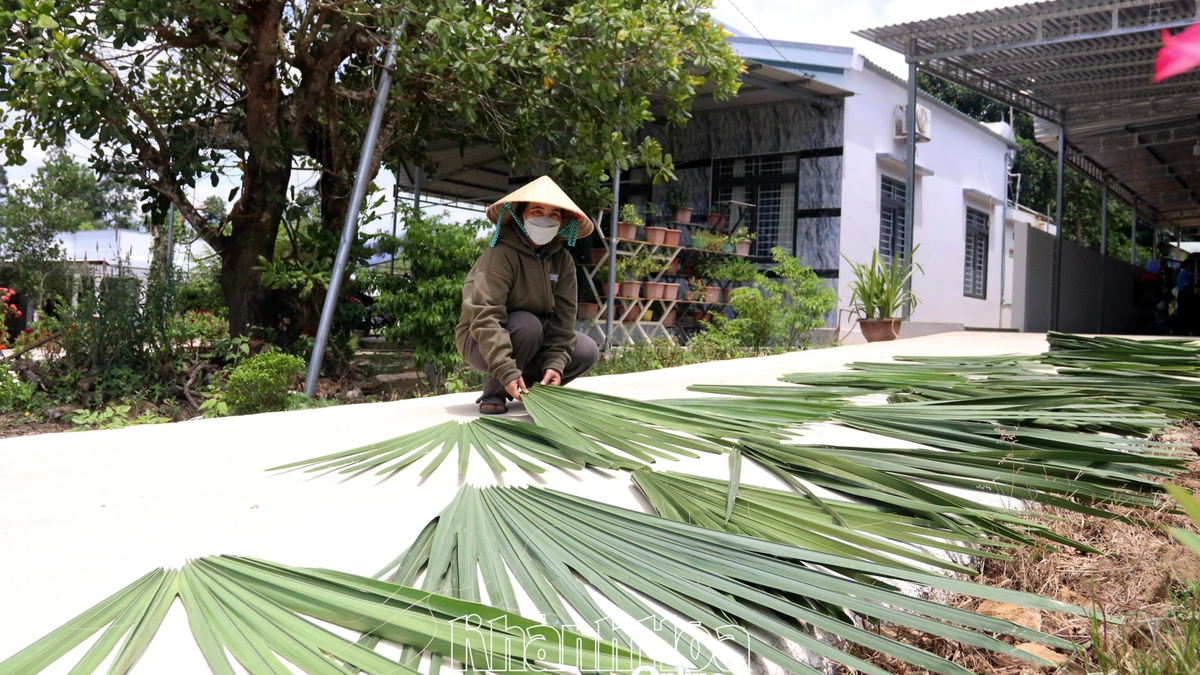
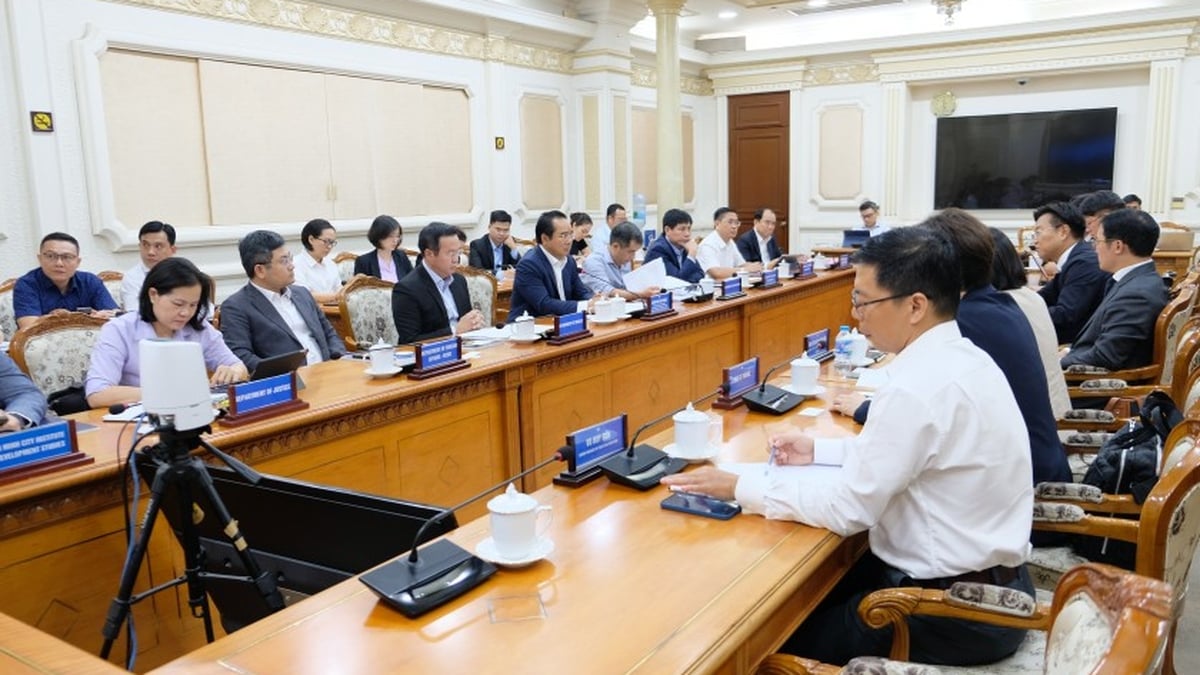












































![[Maritime News] More than 80% of global container shipping capacity is in the hands of MSC and major shipping alliances](https://vphoto.vietnam.vn/thumb/402x226/vietnam/resource/IMAGE/2025/7/16/6b4d586c984b4cbf8c5680352b9eaeb0)













































Comment (0)